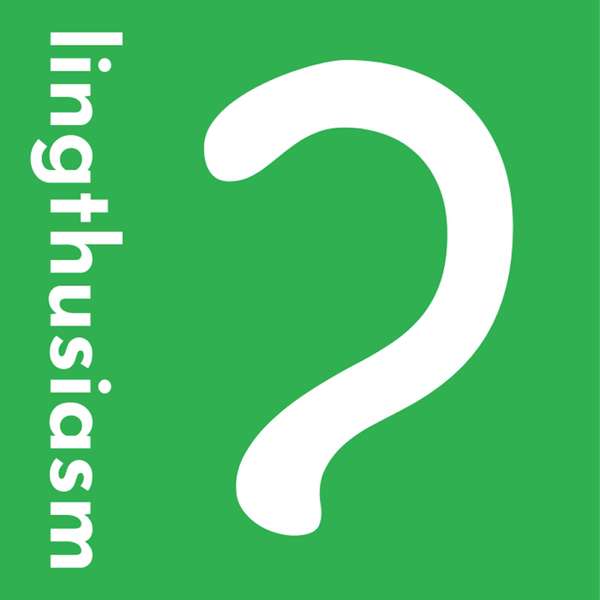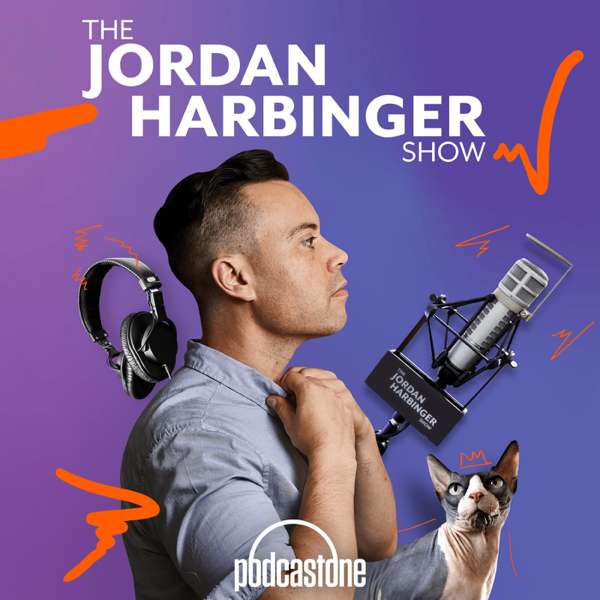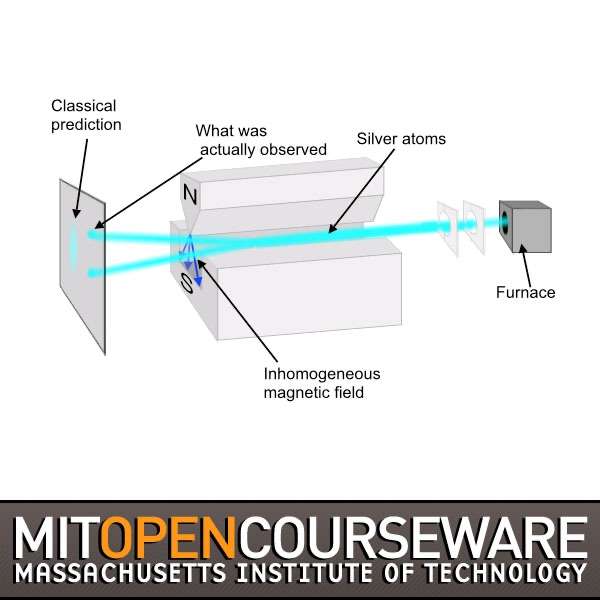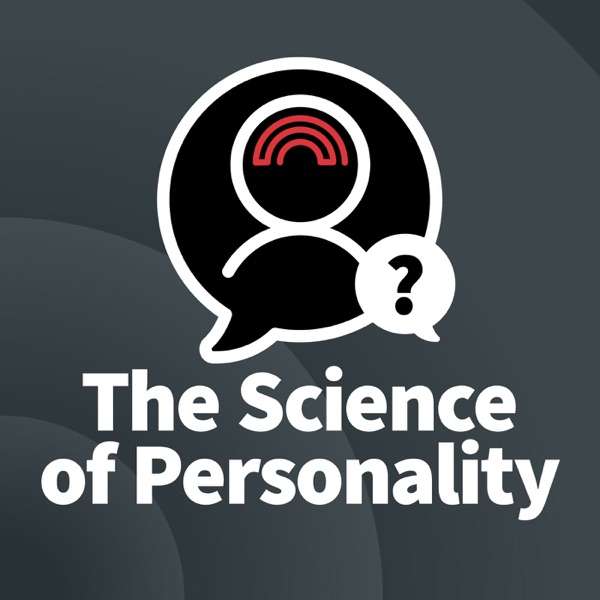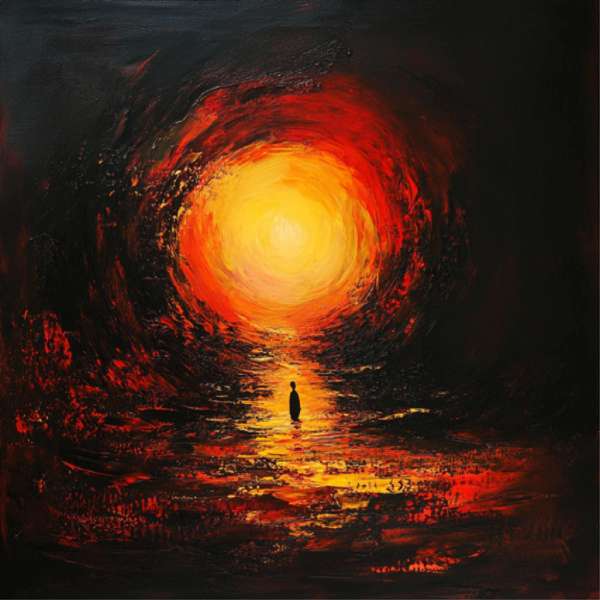Malaria, a disease that infects hundreds of millions of people and kills hundreds of thousands each year. It is caused after a plasmodium parasite is passed from a blood-feeding mosquito into a human host. Subject to much research over hundreds of years, of both host and parasite, one of the evolutionary mysteries has been why the plasmodium so prospers in the mosquito populations in infected areas. Why haven’t mosquitoes’ immune systems learned to fight back for example? In short, what’s in it for the mozzies?
Ann Carr, working with Laurence Zwiebel at Vanderbuilt University, reports in the journal Nature Scientific Reports how they managed to discover a mutual symbiotic relationship between the plasmodium and the mosquito. Using advanced sequencing technology they discovered that the infected insects can live longer, and have enhanced sensing (olfaction) and egg positioning than their uninfected brethren. This, in turn, could help them finds meals better, bestowing higher numbers of infection opportunities for the parasite, and benefitting both.
NASA this week successfully launched its DART mission, which will next year attempt to nudge an asteroid in its orbit by smashing a mass into it. Could this method allow future humans, endangered by an impending collision push an asteroid out of the way to save the planet? It is billed as human’s first ever “earth-defence mission”, but as relieved-sounding mission leads Nancy Chabot and Andy Rivkin of Johns Hopkins University told the BBC, it is perhaps finally time to stop talking about these sorts of things and have a go.
Less relieved perhaps are astronomers around the world, as the James Webb Space Telescope team announce a further small delay to its launch to sometime after December 22nd. The BBC’s John Amos a few weeks ago stood in the presence of the telescope before it was coupled to the launch vehicle, and spoke with ESA’s Peter Jensen about its cost and complexity. BBC Inside Science is planning a special episode devoted to the instrument to accompany the launch of this successor to the Hubble Space Telescope. Watch, as they say, this space...
And finally an insight perhaps into the origin of words and language. Apart from onomatopoeia, where a word can sound like the noise of a noise-making thing, can a word sound like other properties, such as for example its shape? In the late 1920s psychologists found that different people would match certain made-up words with the same abstract shapes. This “Bouba/ Kiki” effect has been studied since, where the word “Bouba” is associated with rounded blobby shapes, and “Kiki” with spikier, angular forms.
But there wasn’t so much evidence whether or not the effect worked across different languages or different written alphabets, until now.
Aleksandra Ćwiek of Leibniz-Zentrum Allgemeine Sprachwissenschaft in Berlin tells Gaia of her international study (published in Royal Society Phil. Trans. B) looking at the effect in 25 different languages and cultures. The effect is robust across the different writing systems and locations, so the link is not simply about the shape of a letter b or letter k when written in a latinate alphabet, but could allude to something much deeper.
Presented by Gaia Vince
Produced by Alex Mansfield
Assistant Producer, Emily Bird
Made in Association with The Open University.

 Our TOPPODCAST Picks
Our TOPPODCAST Picks  Stay Connected
Stay Connected


